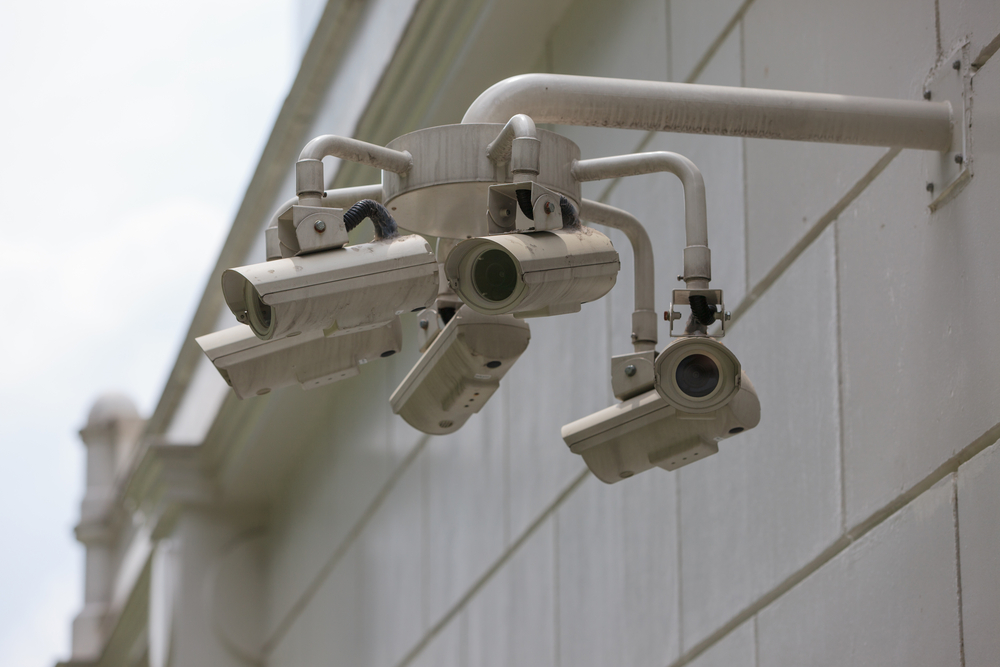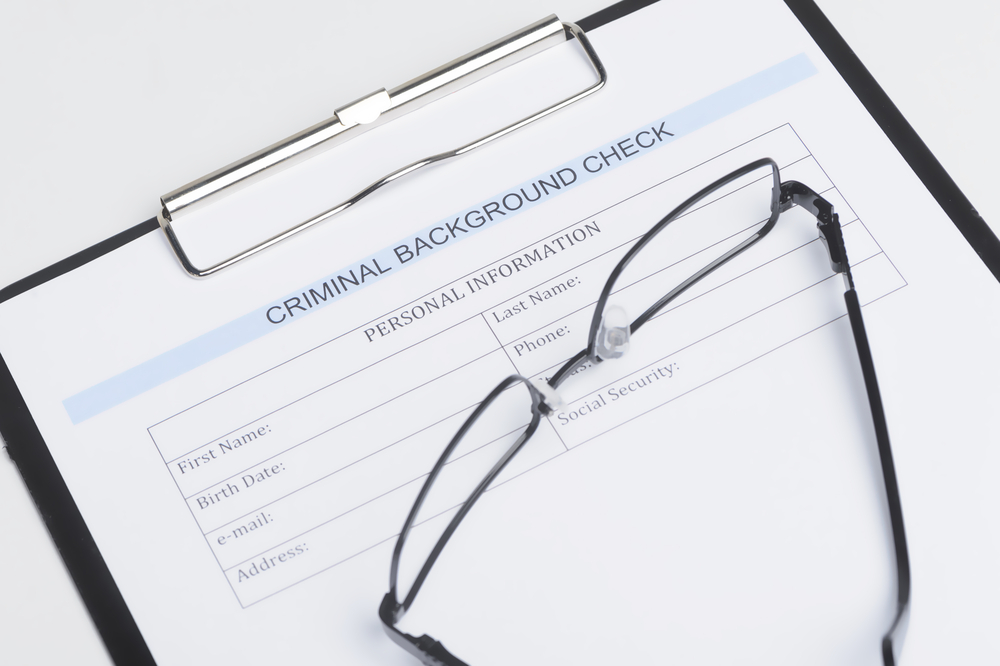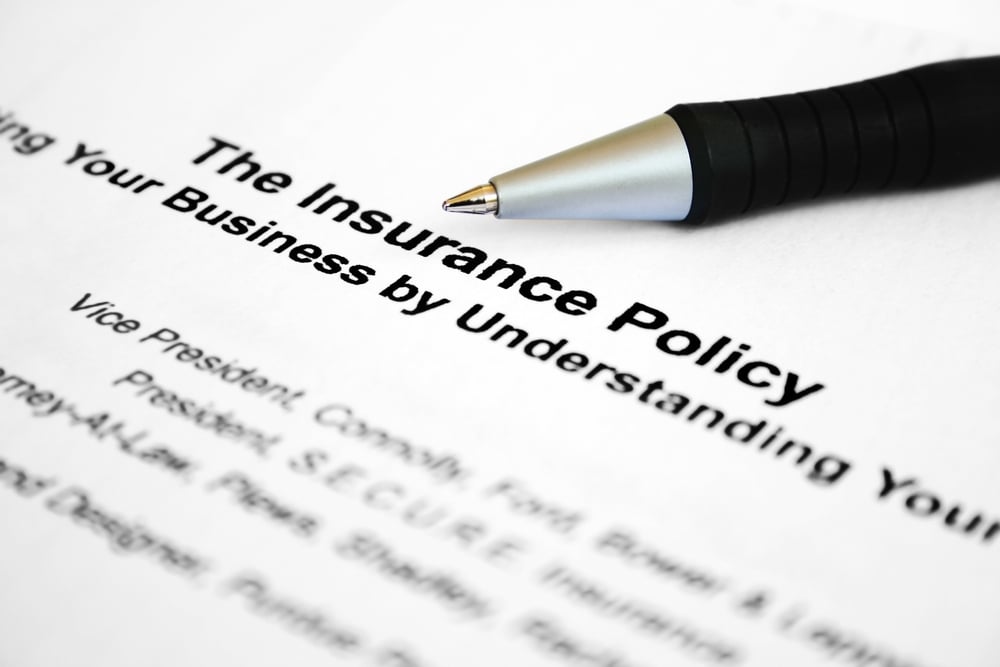
Santa’s Workshop (SW) has never failed to provide holiday happiness for millions of people around the globe, but that doesn’t mean that this magical North Pole-based operation isn’t affected by risk.
In fact, Santa’s enterprise has one of the most advanced enterprise risk management (ERM) programs in the world, allowing it to produce and deliver gifts on a scale that practically defies physics. SW’s ERM efforts are so sophisticated; they’ve even coined their own term to describe it: elf risk management, or ElfRM.
“People have this idea that we and Santa only check things twice, but we actually never stop assessing the risks that could get in the way of spreading Christmas joy,” said Chief Risk Elficer Figgy Evergreen in an exclusive interview. Evergreen has earned the Chartered Property Casualty Underwriter (CPCU®) designation and is currently working on earning the Associate in Risk Management—ERM (ARM-E™) designation.
Evergreen spends her days identifying, assessing and treating potential risks, all to ensure that the centuries-old, family run, not-for-profit SW organization can continue to bring smiles to the faces of children for Christmases to come.
With 50,000 elfin employees and a herd of reindeer living and working in a frozen tundra, the inherently low-operating income associated with producing millions of handmade goods that are given away for free, and the constant threat of Santa Truthers and shrinking Arctic ice, Evergreen’s job is never ending. She works closely with her broker, Candy Kane, on implementing appropriate risk treatment techniques, including retention and transfer, as part of an overall ERM program.
“Don’t even get me started with The War on Christmas,” Evergreen added.
In a rare moment of free time as she prepared the operation for its busiest time of year, she described what she does on an average day:
11:00 a.m.: Wake-Up Call (Elves sleep in, after all.)
Evergreen wakes up an hour earlier than her fellow elves, after a night filled with thoughts of workers compensation claims dancing in her head.
The first item on her list is to review the daily Believer Number Dashboard, which indicates current and potential gift recipients. Thanks to Santa Truthers (usually fifth-graders), these numbers are vulnerable and constantly fluctuating.
“Our reputation is a major strategic risk,” Evergreen said. “Even though Santa is an integral part of the holiday tradition for more than 80 percent of families in the U.S. and many others throughout the world, making Santa one of the strongest brands in the world, we never stop striving to grow our Believer Numbers.”
Evergreen spends the rest of her mornings monitoring operational risks with her managers. Being late on deliveries is not an option for SW, so it’s incredibly important for Evergreen and her colleagues to diligently manage her workshop’s people, processes and systems.
“Can you imagine if children woke up on Christmas Day and didn’t have any presents? Not only do we have to deliver on Christmas, but we have to hit a very narrow delivery window in the middle of the night,” Evergreen said. “Needless to say, we have to be efficient on a level that practically every other organization on Earth can’t even comprehend.” Add to that concerns about the logistics of launching a sleighful of gifts and eight reindeer while complying with FAA, TSA and other regulatory requirements.
12:00 p.m.: Lunch
To keep her energy level at its peak, Figgy eats an early lunch full of nutrients. Cinnamon buns and cheese Danish keep her fueled as she tackles her day.
1:00 p.m.: Fundraising Forecasting
Handmade goods that are created pro bono generate no operating income. SW relies heavily on anonymous donors to help fund the operation, but the recently volatile economy—and future mixed projections—have left fundraising estimates in flux. Candy Cane and her firm have assisted in structuring a general liability program, including products liability coverage with higher retentions, to reduce overall premium costs. They also solicited proposals from several insurers and provided a range of insurance programs so that Figgy and the Risk Management (RM) team could recommend various program options to Santa and the senior management team.
Based on Figgy’s projections, the Development Department has changed direction. It now works to establish partnerships with large retailers who donate shipments of toys, leveraging their anonymous philanthropy departments to help SW meet growing demands with shrinking resources. This, however, opens up a whole new range of potential risks related to supply chain management, including identifying possible disruptions and coordinating activities across multiple global organizations. Candy assisted in this process by recommending that SW be included as an additional insured on the department stores’ general liability policies to protect them from possible products liability claims arising from the retailers’ products.
1:30 p.m.: Snack Time!
Gingerbread cookies and hot chocolate, of course
2:00 p.m.: Climate Change Strategic Risk Management
Figgy and the rest of the elf workforce take climate change very seriously. Aside from the environmental implications, SnoCones are a primary source of elf nutrients—and given the shrinking Arctic ice cap, they’re increasingly harder to come by. In anticipation of a future without the North Pole, Figgy has taken a proactive ERM approach and begun scouting real estate in Antarctica. With a land mass larger than Europe, established infrastructure due to various countries’ research camps and native penguin populations, and air that is warming at a slower pace than the North Pole, Antarctica has the potential to be an ideal substitute.
3:00 p.m.: Safety Hazard Mitigation
Elves are tiny, especially in comparison to reindeer. Given the Reindeer Readiness Department’s regular contact with the sleigh squad, Figgy and the RM team have developed strict safety protocol for any elf working in close proximity with wildlife (penguins and puffins included). This has helped lower workers compensation premiums for SW, cutting 15 percent off of the total l policy.
3:30 p.m.: Pre-dinner snack
Candy-cane flavored SnoCone
4:00 p.m.: Liquor Liability Projections
About 10 years ago, a group of rowdy elves got a little too carried away with the eggnog. They misplaced a few parts of the toys they were responsible for building, and a group of very unhappy children received doll babies with two sets of hands and no feet. Since that debacle, Figgy and the Head Nog Elf have implemented a moratorium on the all-you-can-drink eggnog bar in the Elf Café. There have been no repeat incidences, and customer satisfaction numbers have been up every year.
4:30 p.m.: Financial Risk Strategies
Though the North Pole dollar has strengthened since last Christmas, Figgy is working with the finance manager to work out a currency-hedging strategy that will insulate the North Pole from any currency devaluation in the years to come. Given the tenuous progress in most other emerging markets, it’s better to be safe than sorry, so they’ve mapped out a five-year plan to boost the value of their own currency.
5:00 p.m.: Dinner
Having put in a full elfin day of work, Figgy reunites with her family for their daily Christmas feast (one of the perks of SW employment). Complete with prime rib, mashed potatoes, green-bean casserole and, of course, plenty of Christmas cookies, apple pie and more SnoCones, the meal and celebration last until Figgy’s 9:00 p.m. bedtime
Thanks to Evergreen’s diligent efforts as chief risk elficer, SW runs smoothly, and millions of children wake to a Christmas morning full of the presents they have been wishing for all year long. Now that’s successful ERM!
Contact us for all your Insurance needs! (321)725-1620
Bob Lancaster Insurance
Serving Florida since 1964











